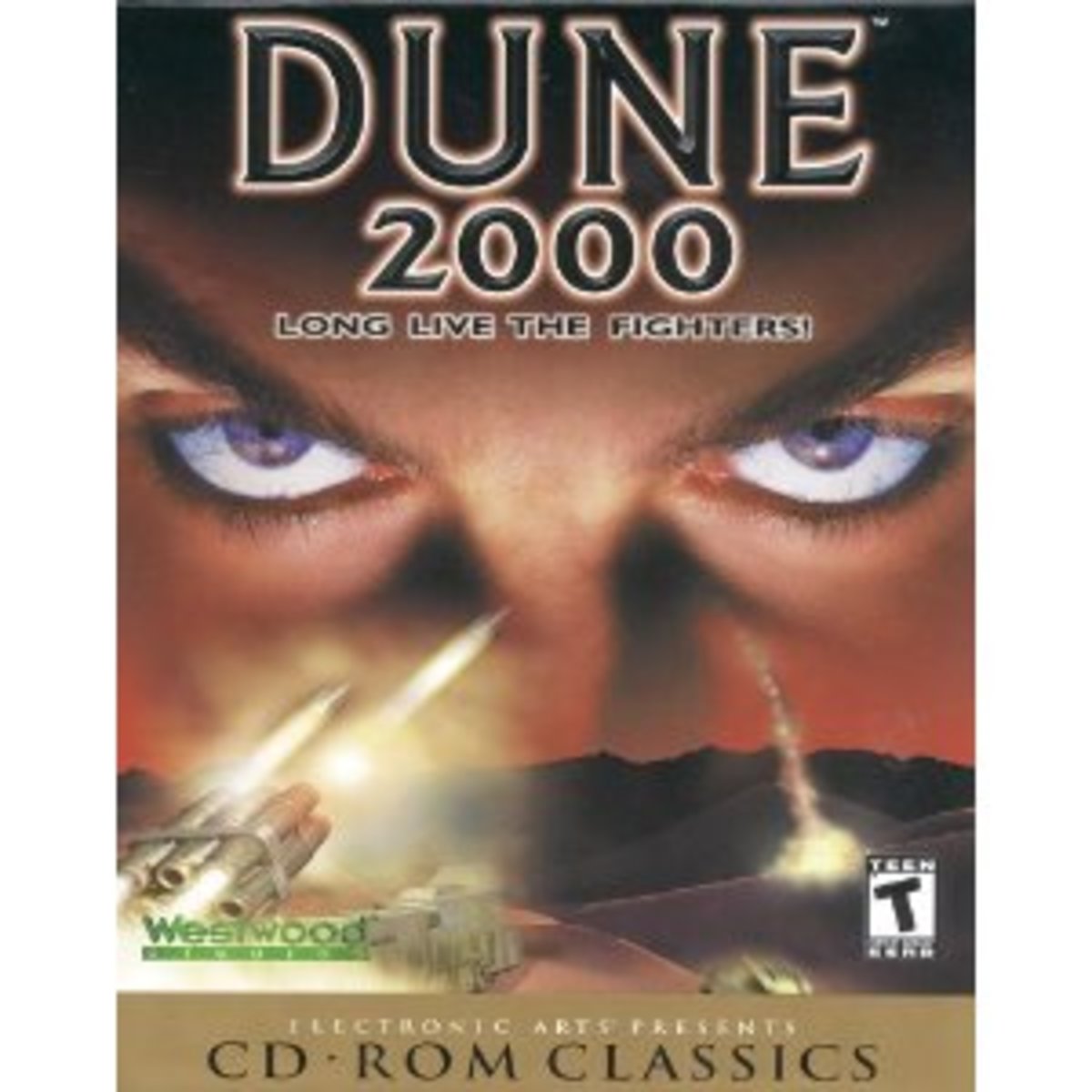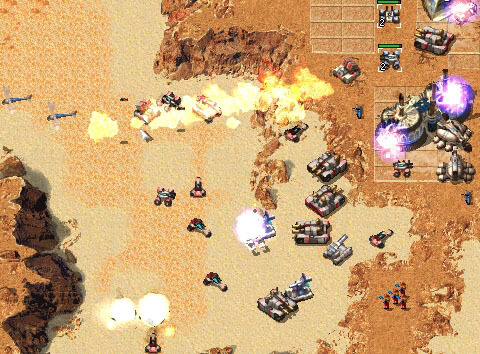
Some areas contain ‘spice blooms’ – large mounds of spice melange that appears on the map which can outright kill any units that runs into it – but explodes to spew much-appreciated spice into the area.

The fearsome Dune Worm (Shai-Hulud) eats infantry units and vehicles whole and where rock is the only ‘sure defence against these creatures’.

You can also order units from the Starport, allowing you to somewhat bypass the unit build limit (which sucks, by the way) and ensure that Ordos can import rocket tanks for their own inscrutable purposes. For example, Sonic Tanks can’t destroy another Sonic Tank, allowing you to lay down a ‘siege wall’ army of only this type of unit and wear down enemy defences with impunity.īesides, the vile Emperor Frederick of Dune turns up from time to time, and you’d wonder what the strange pink army that you have never seen before is doing at the doorstep of your base.

In truth, the additions per mission weren’t much, but you’d be amazed for sure. Before long, you reach the final levels and be awarded the ultimate prize – the House palace which grants you special powers (ok, not for the Ordos which gets the lame Saboteur that somehow has the annoying tendency to only destroy enemy walls). Soon, you’d build the House of IX and get your House specialty – the Sonic Tank (Atreides), Devastator (Harkonnen) and the Deviator (Ordos). Then, as the Atreides or Harkonnen, you get to assemble rocket tanks which had so much striking power and range that enemy structures folded like dominoes. There wasn’t much to work with at the earlier missions but with each successive scenario, you’d be pleasantly surprised to be able to build your first combat tank and think that it was so much better than the somewhat useless light vehicles like the quad or trike. Technology tree also played a part in enticing gamers to stay focused on the game – each mission promises new stuff for the player to build. Sure, the graphics weren’t anything to shout about – Siege Tanks are nothing more than a box with something resembling a turret sticking off its centre Rocket Tanks looked like they have bug-eyes most buildings are just plain icons of what they really are – but most of the final touches add some refinement to the game: dead infantry get sandswept in the sand-dunes as time passes vehicles burn when destroyed, the screen shakes when the dreaded ‘Death Hand’ missile knocked out several buildings and more. You’d need to harvest the orange things from the sand, the Spice Melange and with it, you get money to be able to build more units and structures to form a base of operations. But what made Dune II special was this – three Houses battling it out on a sand planet called ‘Dune’, each with its own special units, characteristics, attitude towards the war and more. Ok, it didn’t help that after PMR exams, school term was suddenly cut short by 2 months and there was so much holiday until the exam results were out that some indulgence won’t hurt. So Nick came to my place in 1996 after the PMR exams and Dune II soon (by that time, was already 4 years old) became the morning agenda, noon hobby and night-time secret rendez-vous with the then new Pentium 166 machine.
#Dune 2000 game atreides actor Pc#
You could say he made me forget Sega Megadrive games for a while (or rather, console games) – PC games weren’t that hot in the early 90s until breakthrough titles like ‘Doom’ came along and smacked the 16-bit video game console manufacturers on its butt. ‘Dune II’ was introduced to me by my late buddy, Nick Tan. Developer: Westwood Studios (now defunct)īack in 1992, this game redefined real-time strategy games and the way games are played.


 0 kommentar(er)
0 kommentar(er)
